Webinar Recap: Sustaining Workplace Wellbeing and Performance Through Enhanced Indoor Environmental Quality
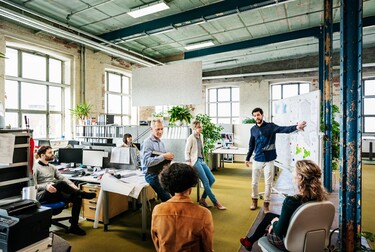
On December 9, 2021, SageGlass hosted a virtual presentation to share research on indoor environmental quality, particularly in the workplace, and to discuss what employers can do to improve workers' experience in the built office environment.
The panel was hosted by Colin Campbell, concept creator at SageGlass, a Saint-Gobain company. Other panelists who shared their recent research and ideas were Flore Pradère, global research director at JLL Work Dynamics; Eloïse Sok-Paupardin, concept creator at SageGlass; and Paige Hodsman, concept developer at Ecophon, a Saint-Gobain company.
Wellbeing in the workplace: current trends
First, Flore Pradère spoke about global trends in health and wellbeing in the workplace. Pradère and her colleagues have spent the past several years surveying thousands of employers and employees around the world, about their perceptions of their workplace environments and what amenities and qualities are important to them. They have a database of almost 70,000 respondents.
Pradère reported that many employees are feeling a lack of energy, enthusiasm, and motivation after spending time working remotely during the Covid-19 pandemic. One upside of remote work, however, is that it's given employees a better sense of what they want from their ideal workplace—a focus on health and wellbeing that, in turn, can actually increase productivity.
What employees want
Fifty-eight percent of employees have reported that they prioritize working for a company that ensures their physical and mental wellbeing.
For their part, many employers recognize this shift toward wellbeing and balance, and are looking to create workplaces that meet employees’ expectations. Pradère reported that employers are aspiring to create workplaces that are: Human, Green, Authentic, Inclusive, Resilient, and Augmented.
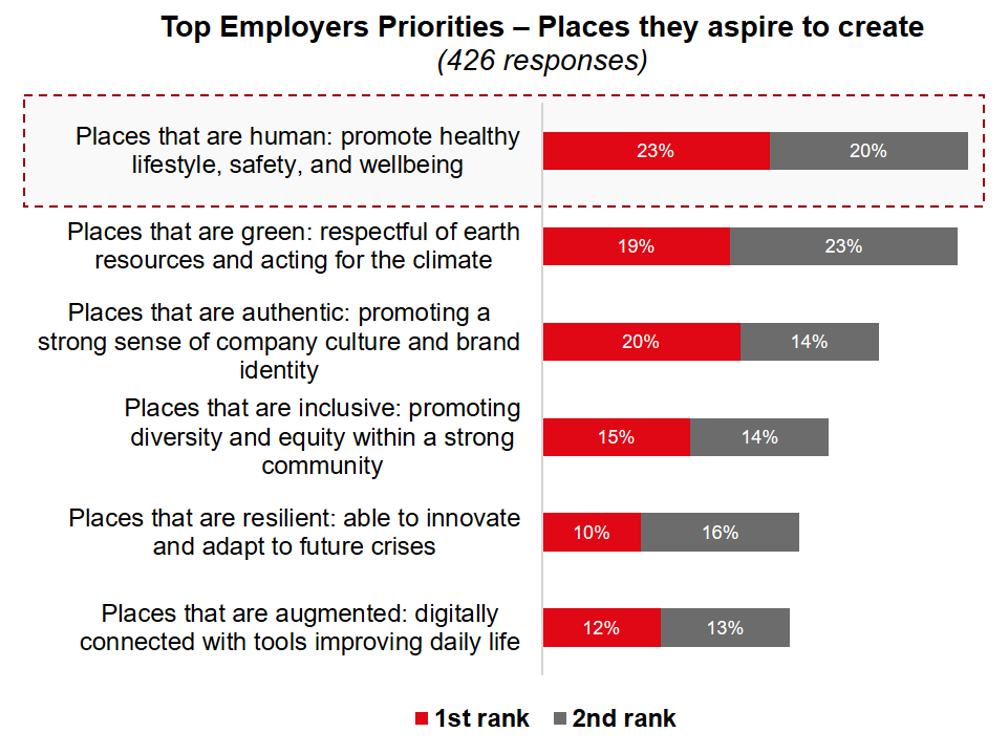
Employees’ aspirations for the workplace (Source: Responsible Real Estate, JLL Research, July 2021)
Pradère said, “To be fully engaged and satisfied with your job today, you need the right work content; to feel that you are engaged with your team; that you have access to the right environment; that you have opportunities to develop; and that you have the opportunity to align and articulate your private and professional life.” Pradère and her team have calculated a human experience (HX) score that helps answer the question, “Does today's workplace meet employees’ expectations?” The HX score shows the ratio between importance of a factor (like acoustics, lighting, air quality, and so on) and satisfaction of that factor. The bigger the gap (i.e., a factor that’s extremely important to an employee but with which they aren’t satisfied), the lower the HX score.
In their study conducted in collaboration with SageGlass, Pradère’s team has found noticeable gaps between importance and satisfaction in each of six elements: air quality; light quality; temperature; views and green spaces; healthy lifestyle; and noise disturbance. Such findings reveal the remaining potential for improvements in the working environment to fully meet employee expectations.
A healthy environment makes good business sense
Eloïse Sok-Paupardin spoke more granularly about the scientific evidence that supports the need for workplace improvements. She and her colleagues have explored what happens in practice—how indoor environmental quality (IEQ) impacts employee wellness and productivity. In other words, is improving IEQ a good business move for employers? The answer is a resounding yes.
Flore Pradère’s work shows the strong correlation between interior environmental factors and workers’ productivity. Her recent study showed that, for the most productive workers, their most-important factor was the minimization of noise disturbances (correlation 0.406, on a scale where 1 shows a strong positive correlation and 0 shows no correlation). In order of importance to productive workers, noise was followed by air quality (0.364); light quality (0.363); views and green spaces (0.337); healthy lifestyle (0.336); and temperature (0.275).
Paige Hodsman, whose work focuses on acoustics, mentioned that the biggest distraction for workers is other people talking. In fact, on average, noise lowers performance by 6.2 percent; experts agree that any performance change of 5 percent or more has a significant business impact. “Does minimizing distractions impact how we conduct business?” said Hodsman. “Yes. Noise affects concentration levels, stress, and the timely completion of work.”
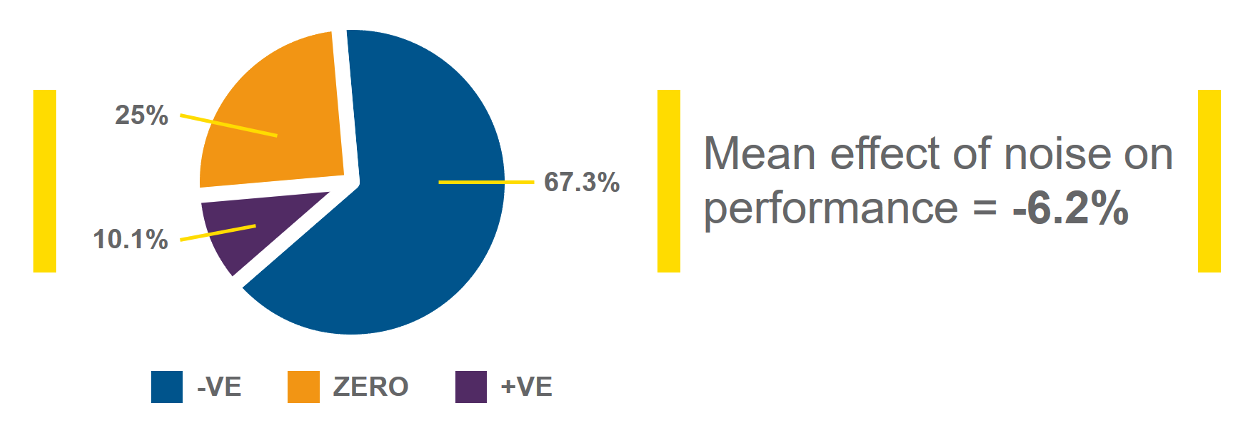
Office sound affects performance (Source: Oseland, N. and Hodsman, P., The response to noise distraction by different personality types: An extended psychoacoustics study, The Corporate Real Estate Journal, Volume 9 / Number 3 / Spring 2020 )
Pradère noted that productivity and wellbeing, and the factors that contribute to them, are not the same. Her study found that, for employees who felt the most wellbeing at work, views and green spaces correlated the most strongly (0.491), followed by healthy lifestyle (0.454); air quality (0.396); light quality (0.344); noise disturbances (0.335); and temperature (0.262).
Regarding the importance of views of the outdoors, Sok-Paupardin explained, “In the scientific literature, the studies show that views and connection to natural environments improve not only our wellbeing but also our mental and physical health, and even performance.” One of the most documented benefits is restoration, from stress and from cognitive fatigue. Views of the outdoors also help with stimulating circadian rhythms (by way of natural light), with cognitive mapping, and with eye health. “We know, for instance, that distant views are good for reducing eye strain because our eyes don’t need to accommodate any more,” said Sok-Paupardin. “We have seen during the pandemic and lockdown periods that...people are placing more importance on their windows and views because those became the first and only way for them to connect to the outdoors.”
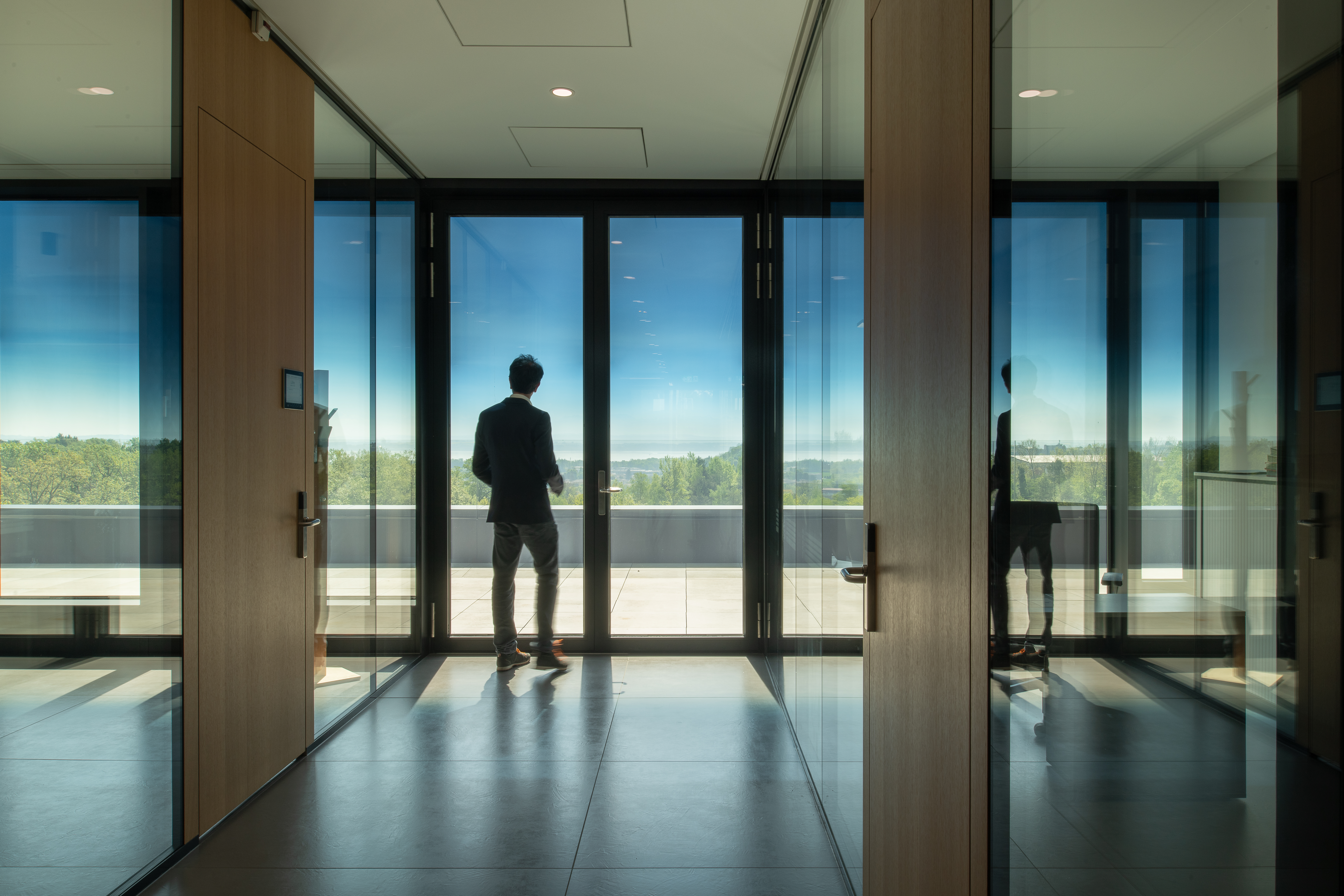
But there is still a general lack of awareness regarding some recent scientific findings. For example, many employees will report a relatively positive feeling about the light and visual comfort of their office (compared to, say, acoustics or temperature). We think about basics like sufficient light and minimal glare. But only in the last 20 years, scientists have discovered the large effect of daylight on hormones, the circadian rhythm, and other health factors. If employees were more aware of those things, said Sok-Paupardin, we would find different results from these kinds of surveys.
Employees as individuals
Pradère, Sok-Paupardin, and Hodsman all mentioned the increasingly clear need for employers to consider workers’ needs at an individual level, citing the infinite variation among people. Any number of demographic and psychological factors—gender, age, race, personality type—can influence how we perceive our environments. “Depending on the person, they may need a busy office or a private space to concentrate,” said Pradère. “Offering a diversity of atmospheres is really important for people.”
Looking ahead
What’s next for the landscape of work? Flore Pradère said companies are experiencing a full cultural shift, as employers acknowledge the new needs and expectations of workers. “What used to be the cherry on the cake has become things that are not negotiable anymore,” said Pradère. Some employees, during pandemic remote work, have had new access to the outdoors and fresh air. “These are the types of experiences they expect to have in the office when they are back,” said Pradère.
As they evaluate new expectations and plans, employers must consider the needs of employees with different genders, ages, and locations, said the panelists. Women generally have a lower overall HX score than men (80 vs. 84) and are more impacted by poor noise control and temperature.
Paige Hodsman encouraged employers to “avoid the one-size-fits-all syndrome” and embrace a people-centered approach for office design that includes a sense of control, ensures privacy, minimizes disruptions from other people talking, and considers personality differences and neurodiversity.
Eloïse Sok-Paupardin mentioned the hierarchy of needs, where the bottom of the pyramid is discomfort and deprivation; the middle is comfort and sufficiency; and the top is pleasure and wellbeing. She said it’s no longer enough for buildings to simply meet basic habitability thresholds.
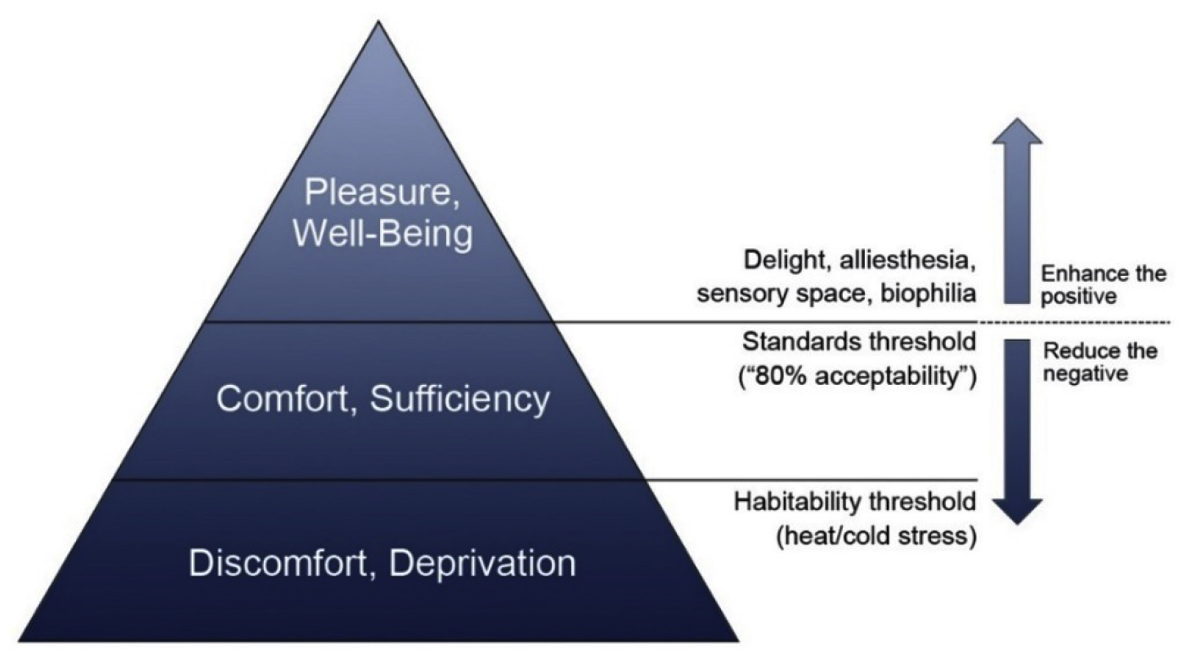
The hierarchy of needs (Source: Ten questions concerning well-being in the built environment, Altomonte et al., 2020)
All panelists agreed that more research is needed, and better measurements and models—those that account for great variability among individual occupants—are crucial. “We need to measure more, better, objectively and subjectively, not only in a lab but in the real world,” said Sok-Paupardin. “To validate our findings, improve ourselves, and make better plans.”
In closing, Flore Pradère mentioned the concept of the “regenerative workplace.” What once was a provocative concept—that workers could actually have their pleasure and wellbeing needs met at work—is becoming more accepted. “A lot of companies are looking at the costs” of improving design and amenities, said Pradère. “But it's really an investment. If you invest in wellbeing, a holistic approach, you will create the right condition for your people to really perform.”